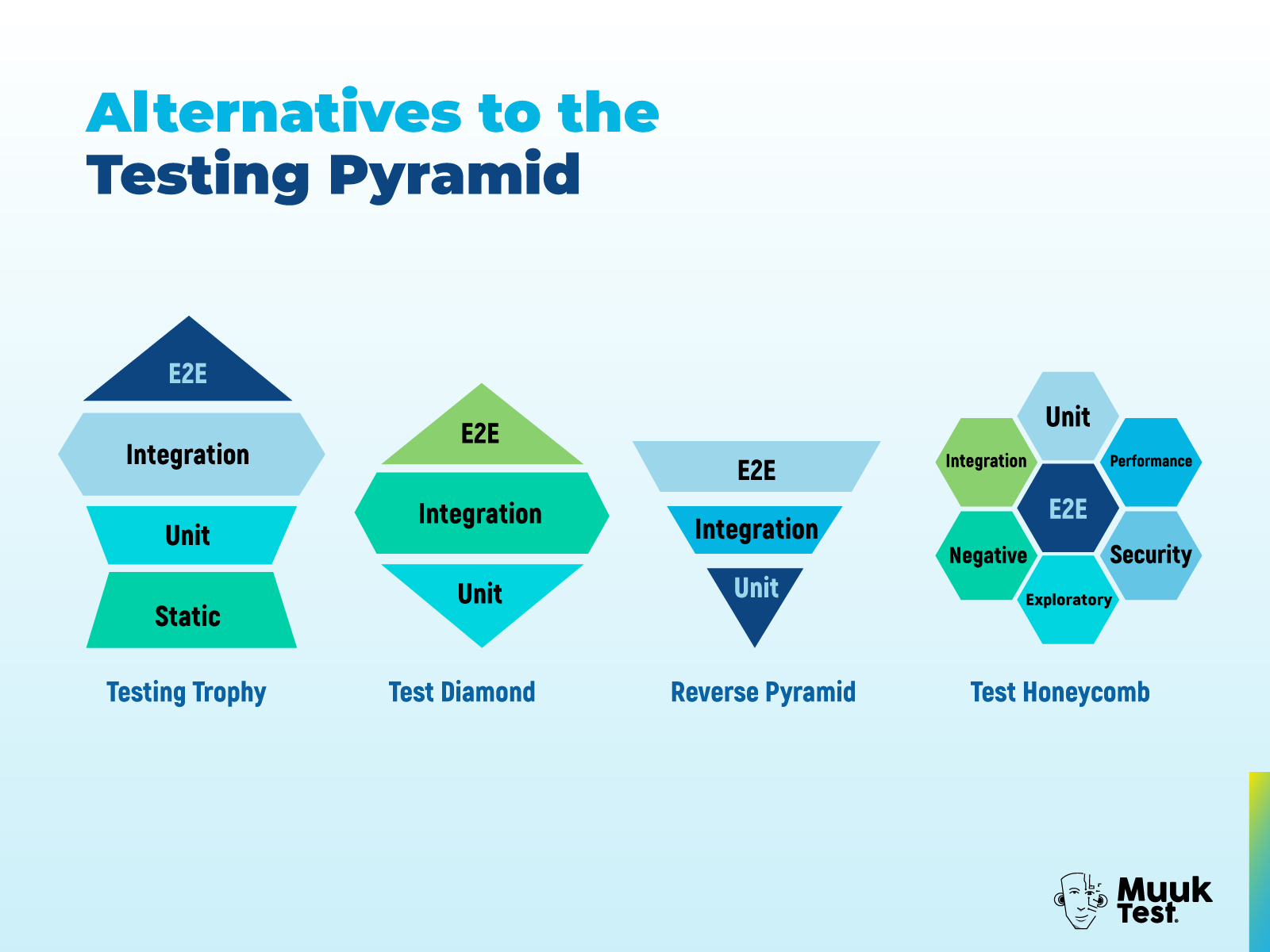A Tactical Playbook for Engineering Leaders Who Need Coverage Fast Without Heavy Overhead
-
QA starts with leadership, not headcount. Even with 0 budget, engineering leaders can embed quality in culture, workflows, and decision-making from day one.
-
Start with risk, not process. Map where failure would hurt most and focus limited testing effort on those areas.
-
Automate what matters early. Use lightweight smoke tests, API health checks, and your top 2–3 user journeys to catch regressions fast.
-
Culture beats tools. When everyone owns quality, QA becomes a shared habit, not a bottleneck. Services like MuukTest can help you extend this foundation with scalable automation and expert guidance.

Why QA Must Start with the Engineering Leader
In small, fast-moving startups, quality often feels like a “nice-to-have”; however, as smart engineering leaders know, technical debt compounds faster than features.
One excellent framing of this risk is the article “The QA Trap That Almost Every Scaling Startup Falls Into”, which warns that growing teams either cut quality to sustain speed or drown in process overhead. Both extremes stall momentum.
In this blog, you will understand how QA can be built from day 1 amongst 5 engineers. Your mission: lead a balanced QA approach that guards your velocity while building trust with customers, investors, and your team.
Creating a Culture Where Everyone Owns Quality
The goal is to "Shift Left," meaning quality shouldn’t wait until the end of the sprint. It starts during feature planning. When the team discusses risks, test scenarios, and acceptance criteria upfront, quality becomes everyone’s responsibility - not just QA’s.
Hiring for Quality: Building the Right Team from Day One
For early-stage teams, consider hiring a Software Developer in Test (SDET) over a standard developer, as an SDET can support both development and testing.
Developers write unit tests to test their developed logics, so establishing the quality realm should be a piece of cake! The real challenge for startups isn’t testing itself; it’s setting up the proper process, rhythm, and guidance to make quality sustainable. The following steps will help you get there.
The SMART Leadership Framework for Early QA Systems
Here’s how I’d frame a startup’s first Quality System:
- Understand who your customer(s) are and build your processes keeping them in mind.
- Establish a minimal QA process that’s integrated into dev workflows, not bolted on.
- Reduce post-release bugs by 60–80% (or cut hotfix count) within 3 months, and it's vital that the bugs do not reappear.
- Use tools or services like MuukTest to support your existing engineering effort.
- Improve confidence in shipping(build a QA best practices), reduce fire-fighting, and free up dev cycles.
- Have a functioning lean QA process in 6 weeks.
Your potential roadmap could also look like this:
The above steps give you guardrails for what “good enough” means in early-stage QA. You can also refer to the testing pyramid to drive this, as it can help you understand the QA process better, alongside testing each vital part of your end product. There is no right or wrong pyramid; use one that you and your team resonate with the most.
A Practical QA Playbook for Startups
1. Start with a Risk Map, Not a Test Plan
Your leadership role isn’t to micromanage test cases; it's to help your team see where failure really hurts. As a team, we need to make wise decisions to scale healthily and avoid slowing down.
- Create a Risk register that categorises systems/features by Impact, Frequency, Visibility, and Potential Mitigation if known.
- Use the artifact/solution architecture, blueprints, to determine which areas receive QA focus first.
Startups fall into the QA trap by either under-testing mission-critical flows or over-investing in low-value areas.
That single shared view helps ensure QA work is pragmatic, aligned, and visible.
2. Embed Quality in Engineering Rituals
QA can’t be a separate “phase” or an afterthought. As an engineering leader, your job is to shift the culture to the left so that quality becomes part of delivery.
Some leadership-level improvements/safety nets:
- Standardize a code review template that includes sanity checks, edge cases, and/or expected errors.
- Make peer validation (10 minutes max.) part of the merge ritual with a QA checklist.
- Add automation in CI, something that is smoke-level checks you can trust to fail fast and provide a better feedback loop.
3. Automate Just Enough - Where It Pays Off
Automation isn’t about checking and automating everything; it’s about leveraging effort where risk is most significant.
As the leader, guide the team to a layered approach, just like with the pyramid, for what suits your team best.
- Unit & logic-level tests: High business risk tests.
- API health checks/smoke tests: Checking back-end and front-end components can communicate.
- Key user journeys: A small selection of UI end-to-end journeys, both happy path and unhappy path.
Smart automation done early and in the right places is how rising startups avoid the QA trap. Make sure you have coverage for your top 2–3 customer flows automated within your first month.
4. Enable Early Detection with Lightweight Observability & Alerts
You won’t catch 100% of bugs. But you can catch many before users see them with minimal cost.
Things you should ensure (with your team) are in place:
- Error/exception logging using Sentry, LogRocket, or similar.
- Monitoring - tools like Elk/Splunk can help you see the process failing in the back end and frontend.
- Alerting into Slack or Teams for key failures or test regressions.
- Feature flags for risky deployments (so you can roll back or toggle off quickly).
It’s crucial to track defect escape rate and other meaningful QA metrics, such as customer-reported versus internally caught issues, to connect risk with real outcomes. As a leader, make these metrics part of your weekly review so that stability becomes as visible as velocity.
4. Lead Prioritization: Don’t Try to Test It All
One of the biggest traps for leaders is believing everything must be tested immediately. You don’t win by adding coverage to every line; you win by protecting your most valuable flows.
Most teams fall into the trap of chasing coverage by stacking end-to-end tests. But scalability isn’t about quantity; it’s about Engineering Test Maturity. You can use a simple ICE (Impact, Confidence, Ease) model each sprint to guide what to test or automate next.
Focus first on things that are high impact + easy to cover. Leave low-return areas for later, or follow this to automate spreadsheet guidance from Angie Jones.
Real-World Example: Building QA in a Fast-Moving Environment
When I joined a revenue management system revamp project for an airline company, the end goal was to lift the current internal system to a web-based UI. It was operating much like a startup within a large organization, fast-moving, under tight delivery pressure, and laser-focused on features.
But there was one missing piece: QA wasn’t even part of the conversation.
This real-world experience mirrors exactly how many startups or early projects treat QA, as an afterthought rather than an enabler.
Here’s how I approached the transformation, using a SMART leadership approach to push for quality culture, automation, and cross-team ownership.
What this experience taught me and what applies directly to early-stage startups is this: “Quality isn’t something you add later. It’s something you lead from day one.”
You don’t need a big budget or a large QA team to build a strong quality foundation. You need leadership, belief, cultural coaching, and visible proof that quality accelerates delivery and does not slow it down. That’s the same mindset every startup needs when thinking about how to build QA with zero budget and 5 engineers.
Final Thoughts: Leading QA When Resources Are Tight
You don’t build QA by hiring a team first; you build it by creating systems, trust, discipline, and good decision-making.
By focusing on risk, embedded workflows, smart automation, and observability, you can deliver quality without sacrificing speed.
Also, think about how you can build smarter distribution, leading to lower cost, faster releases, and higher confidence levels.
Your role is not to test everything yourself; it's to steer the ship, protect velocity, and ensure that quality becomes a fundamental part of how your engineers build.

Further Reading
Frequently Asked Questions
How can a startup build a QA process without a dedicated QA team?
Even without a formal QA department, startups can establish a strong QA process by embedding quality into everyday engineering practices, such as code reviews, pull request (PR) checklists, and peer testing. The key is to make quality part of your team’s development rhythm, not an afterthought.
As your product scales, services like MuukTest help automate critical user journeys and maintain test coverage, ensuring fast, reliable releases without adding headcount.
What should startups automate first when QA resources are limited?
When resources are tight, focus automation on high-risk and high-impact areas, such as your core user flows, API integrations, and logic-heavy components. Start small with smoke tests that catch critical regressions early and protect release confidence.
How do early-stage startups measure QA success effectively?
In early-stage environments, skip vanity metrics like the total number of test cases. Instead, track the defect escape rate (bugs found by users versus those caught internally), the stability of key user journeys, and the reduction in hotfixes. These metrics reveal whether your QA approach is improving delivery speed, customer satisfaction, and overall release confidence.
When should a startup invest in a QA automation platform or QA partner?
If your release cadence or customer base outpaces what manual testing can support, it’s time to invest in scalable QA automation. Solutions like MuukTest combine AI-driven automation with expert QA oversight, helping startups achieve comprehensive test coverage and maintain quality as they scale.
.jpg)



%20(1).png?width=150&height=69&name=MuukTest-logo---light-background%20(3)%20(1).png)




